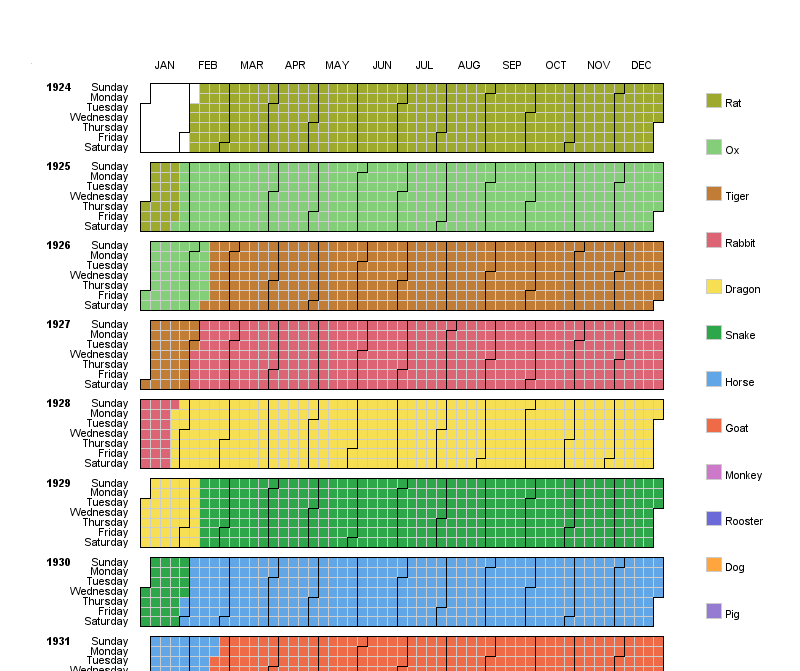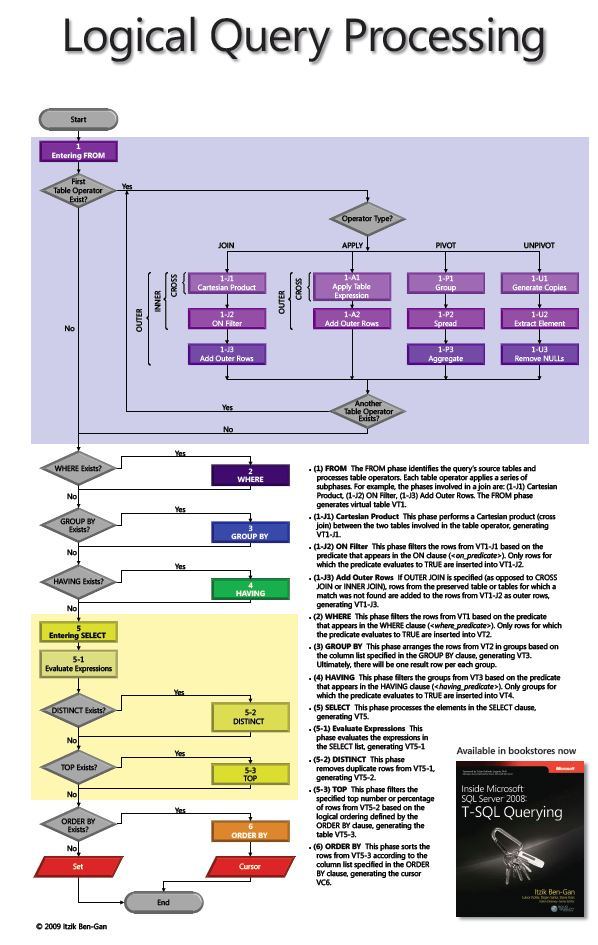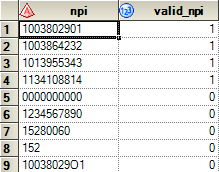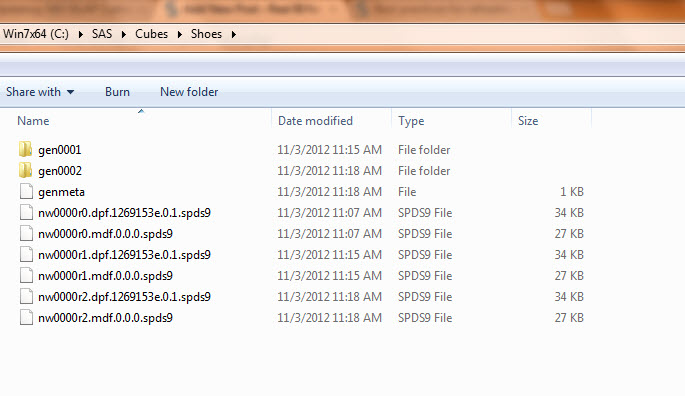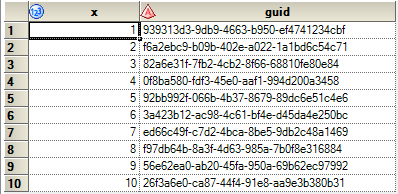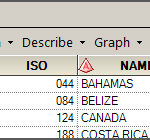Strengthen your programming skills with tips and techniques from the experts

There are many different ways to do something; my approach is all about breaking a problem into smaller problems. I try as much as possible to stay away from developing something that can only serve a purpose in one problem. I achieve this by keeping things modular. Each tool should

